Global Warming Causing the Wildfires in Australia
Global Warming is causing the Wildfires in Australia!!! this is causing many problems in Australia like destroying wildlife, destroying the ecosytem of many species and indangering them.
What is Global Warming and Climate Change?
- Global Warming is the long-term heating of Earth's climate system observed since the pre-industrial period (between 1850 and 1900)
- This is due to human activities, primarily fossil fuel burning, which increases heat-trapping greenhouse gas levels in Earth's atmosphere.
- The term is frequently used interchangeably with the term climate change, though the latter refers to both human- and naturally produced warming and the effects it has on our planet. It is most commonly measured as the average increase in Earth’s global surface temperature.
- Climate Change: is a long-term change in the average weather patterns that have come to define Earth’s local, regional and global climates. These changes have a broad range of observed effects that are synonymous with the term.
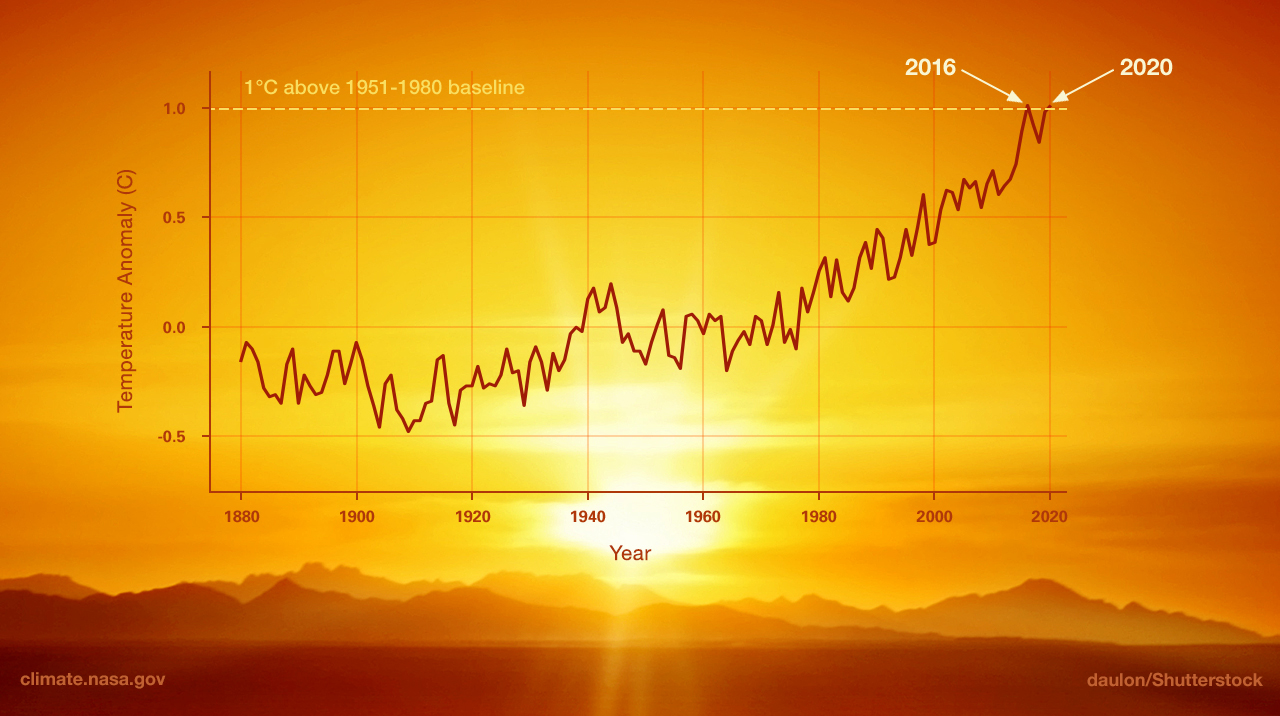
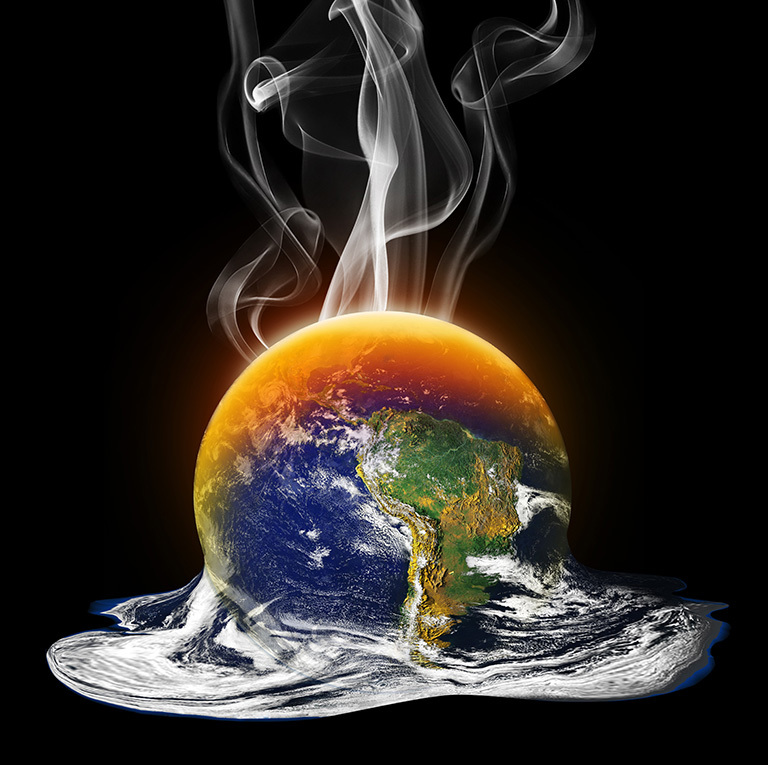
Temperature rising due to Climate Change and Global Warming >>>>>>>>>>>>>>>>>>>>>>>>>>>> The World is Mellting !!!!!
When did Global Warming start affecting Australia’s environment?
- Here’s the climate reality: Since 1910, Australia's climate has warmed by more than 1 degree Celsius (or 1.8 degrees Fahrenheit). In fact, without action, Australia is expected to warm as much as 5 degrees Celsius (9 degrees Fahrenheit) by 2090.
- Simply put, Australia is already a hot and dry country and it’s expected to generally get hotter and drier without action on climate change. And make no mistake: An increase of 5 degrees Celsius (or 9 degrees Fahrenheit) is a huge deal.
- Climate Change is causing HEAT, DROUGHT and BUSHFIRES / WILDFIRES
- Climate Change is also affecting the homes of many species in Australia
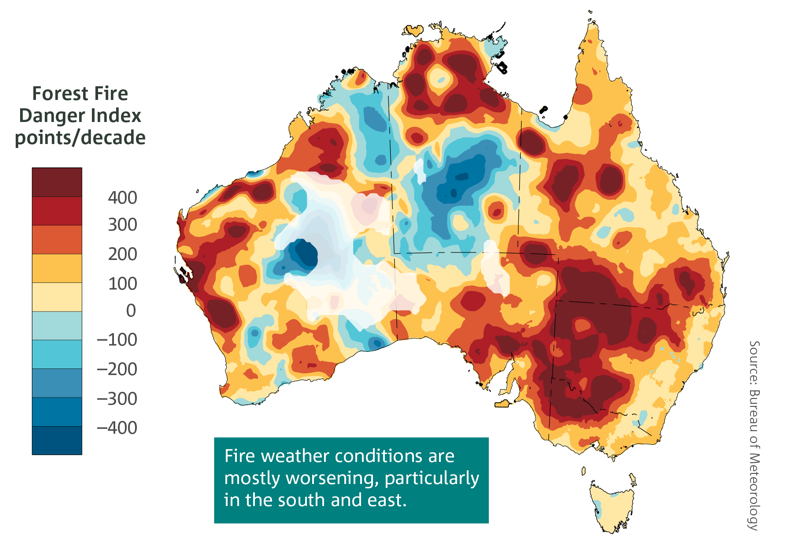
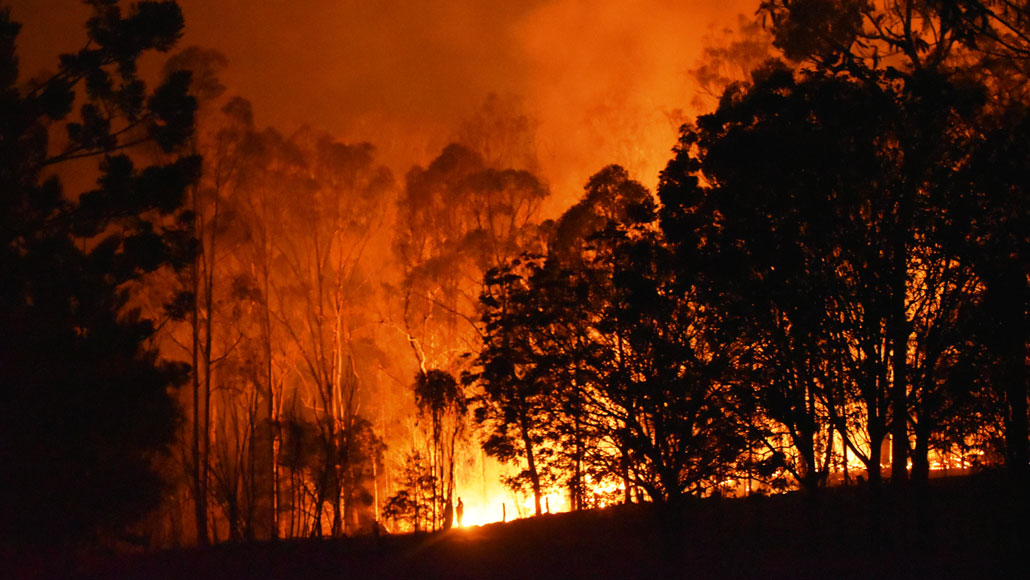
>>>>>>>>>>>>>> Fire Conditions in Australia >>>>>>>>>>>>>>>>>>>>>>>>>>>>>>> Fire in Australia destroying Wildlife!!!
How are the Fires affecting Australia and it’s Species?
- Besides the impact on koalas, the WWF Australia report suggests that as many as 3 billion individual mammals, birds, reptiles and frogs died or were displaced during the crisis. Though those figures are astounding, the impacts on lesser-studied groups such as invertebrates and plants may have been even greater.
- A year after the last of the fires were doused, their toll on species is becoming increasingly clear. Flames devoured more than 20 percent of Australia’s temperate forest cover, according to a February 2020 analysis in Nature Climate Change.
- Even if plants and animals survived the flames, their habitats may have been so changed that their survival is at risk.
- As a result of the scale of the disaster, experts say that more than 500 species of plants and animals may now be endangered — or even completely gone.
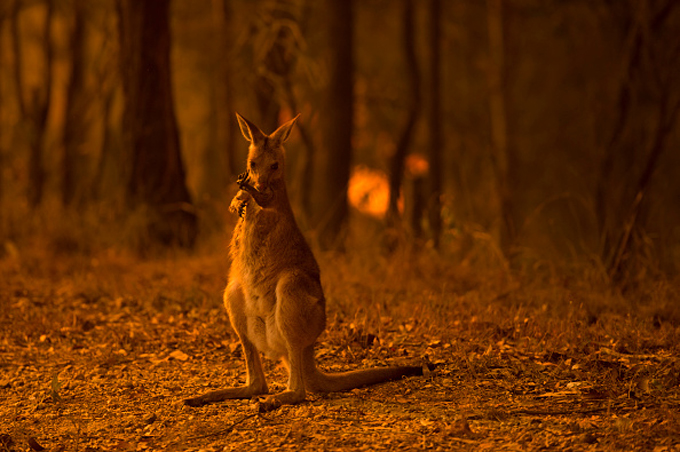
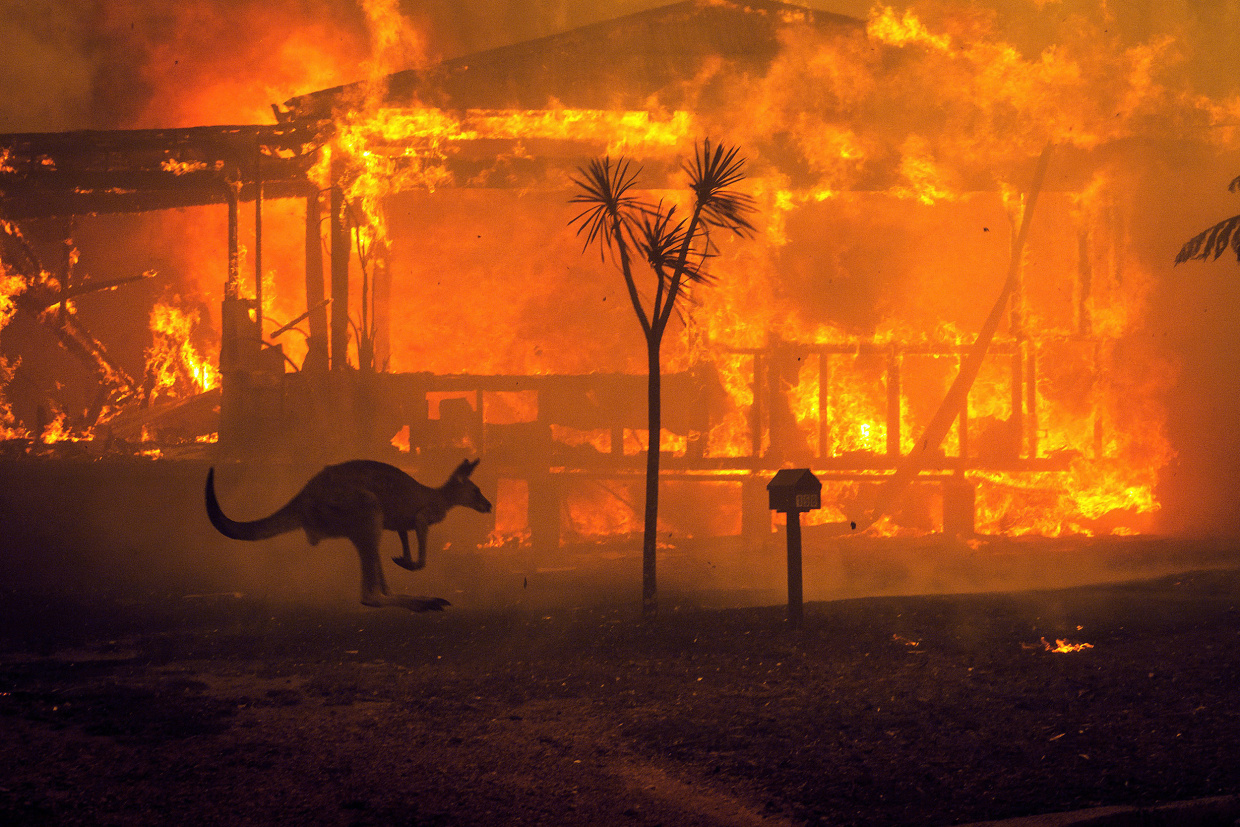
>>>>>>> One of the many endangered species in Australia >>>>>>>>>>>>>>>>>>>>>>>>>> Fire destroying wildlife >>>>>>>>>>>>>
Are there Solutions?
- Australia’s indigenous population has a long history of successfully managing fire across landscapes and ecologies that are tuned to living with it.
- For thousands of years, nomadic aboriginals played a key role in preventing conflagrations by burning surface vegetation to create firebreaks that constrained the scale of fires started naturally by lightning.
- The fires were set during the cooler months, so as to limit their reach, leaving behind stretches of land cleared of the dry plant debris that fuels much larger conflagrations. As their numbers dwindled, however, and their lifestyle was destroyed, so too was this invaluable service.
- Ways to stop fires are lessening the presence of fuels in forests or grassland area; slowing down and sometimes ceasing the spread of bushfires; and providing easier access routes for firefighters to reach and extinguish fires.

Recources






